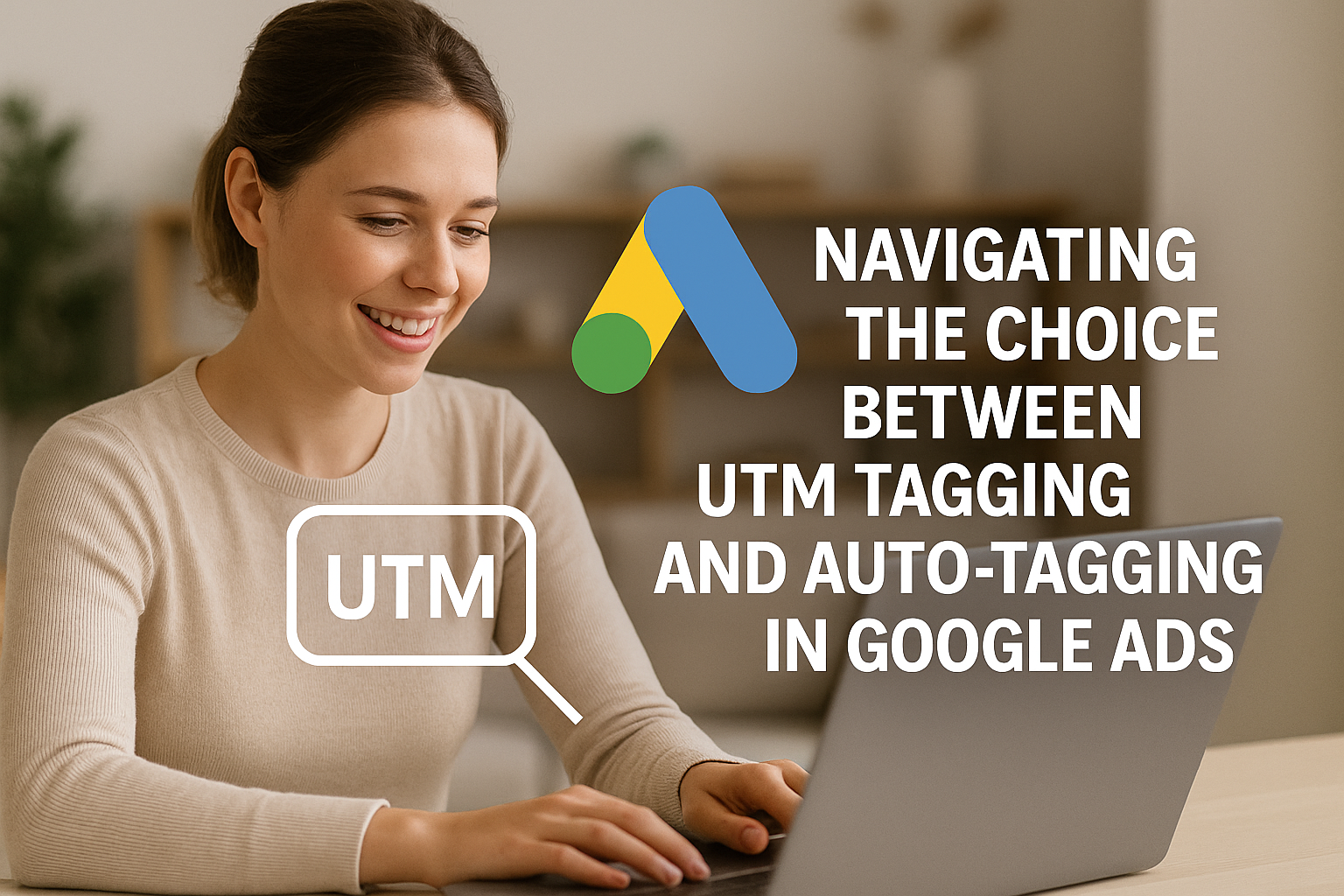Introduction:
In the fiercely competitive marketing landscape, reaching your target audience effectively is paramount, especially through channels like Google Ads. While Pay-Per-Click (PPC) campaigns require an investment, their value is undeniable. To maximize your marketing budget, tactics like website tagging are essential for tracking performance and optimizing strategies. This article delves into the details of two tagging methods: Google Ads auto-tagging and UTM tagging, aiding you in making informed decisions about their usage.
Understanding UTM Tagging:
UTM, or Urchin Tracking Module, originated in 1995 as a web analysis tool. It gained prominence for tracking ads and links, particularly in social and email campaigns. Google recognized its potential and acquired it, leading to the birth of Google Analytics. UTM tagging involves integrating code into a URL’s end, helping Google Analytics identify traffic sources. This facet is crucial for evaluating ad campaign effectiveness. There are five UTM parameters: Campaign source, medium, name, term, and content.
1. Campaign Source:
Identifies the platform or search engine where the ad runs, including social media and third-party sites.
2. Campaign Medium:
Describes the advertising type using the URL, such as paid search, email, or banner ads.
3. Campaign Name:
Enables campaign naming for better assessment of user engagement.
4. Campaign Term:
Applicable to paid ads, this identifies competing keywords.
5. Campaign Content:
Differentiates various ad content types leading to the website.
UTM Implementation:
UTM tags can be added manually, but the process can be error-prone and cumbersome due to long strings. Alternatively, tracking templates and UTM link builder tools streamline this process. These parameters enable tracking link clicks, aiding in reporting and analysis using tools like Google Analytics.
Auto-Tagging in Google Ads:
While UTM tagging provides valuable insights, Google Ads offers auto-tagging for a simpler approach. Instead of five parameters, auto-tagging relies on the Google Click Identifier (GCLID), automatically generated upon ad clicks or appearances in apps. Auto-tagging provides more comprehensive insights:
– Query Match Type
– Ad Group connection
– Final URL
– Ad format (text, display, video)
– Ad distribution network (Google Search)
– Content network ad domain
– Google Ads Customer ID
Auto-tagging’s closed system limits cross-channel tracking and attribution outside Google Ads and Analytics.
When to Avoid Auto-Tagging:
Auto-tagging’s limitation to Google ecosystem data restricts its use in scenarios involving third-party analytics, automation, CRM software, and in-house tools. Platforms outside this ecosystem can’t decipher GCLIDs.
Dynamic Manual Tagging:
While auto-tagging excels within Google’s ecosystem, dynamic manual tagging allows combining auto-tagging benefits with UTM tagging’s cross-channel tracking capabilities. Dynamic tagging employs global site tags or Google Tag Manager for codeless tag management, enhancing measurement and conversion accuracy.
UTM and Auto-Tagging Hybrid:
To leverage both methods, enable auto-tagging in Google Ads settings, define UTM parameters using Tracking Templates, and allow manual tagging to override auto-tagging. This approach preserves GCLID benefits while utilizing UTM parameters for cross-channel tracking.
Choosing Between UTM and Auto-Tagging:
Your choice hinges on campaign goals and tools in use:
1. Exclusively Google Ads and Analytics:
Auto-tagging simplifies tracking within Google’s ecosystem but limits buyer journey insights.
2. Third-Party Tools:
UTM tagging suits campaigns requiring third-party analytics or CRM platforms.
3. Google Analytics and Third-Party Tools:
Hybrid tagging blends both methods, ideal for diverse data destinations, rich insights, and comprehensive tracking.
Conclusion:
UTM and auto-tagging each have their merits. Determining the right method depends on campaign goals, tool ecosystems, and data requirements. Hybrid tagging, combining UTM and auto-tagging, presents a versatile solution for embracing both benefits. By understanding these tagging approaches, marketers can optimize their ad campaigns effectively.

